Published: 20.7.23
Updated: 23.7.24
Karting is a thrilling yet complex sport, a blend of precision, timing, and skill.
Luckily, there are plenty of resources available to help you get started, such as this guide on how to get into go-kart racing.
But as amateurs hit the speed raceway, common mistakes often impede their race times. 
What is the best remedy?
Preparation and awareness.
By taking the time to understand how to enhance your go-kart racing performance, you can avoid the top 20 karting errors and elevate your race track performance.
So, whether you're a beginner or an intermediate, this guide will help you avoid the top 20 karting errors and elevate your race track performance.
Mistake 1: Moving your hands on the wheel
We've all seen it in the movies - drivers swerving with hands all over the wheel.
But in reality, for karting, your hands should remain fixed on the wheel.
This ensures you maintain the correct angle for turns and keeps you steady on the track.
Related: Conquer Any Kart Track: Expert Tips and Tricks Revealed

Mistake 2: Braking too softly
Contrary to popular belief, braking isn't about soft touches. It's about precision and timing.
Mastering go-kart braking is an essential aspect of controlling your kart's speed, especially when navigating the race turns.
In karting, you need to master the braking technique to control your kart's speed, especially when navigating the race turns.
A late brake might send you wide, whereas too early might cost you a perfect cornering opportunity.
Mistake 3: Turning in too early
Every turn has an apex – the highest speed a kart can maintain while turning. To maximise this, you need to understand the racing line.
Turning in too early means you hit the apex too soon and end up on the inside of the turn, often leading to slower exit speeds.
Learning to hit the apex at the right time is key to maintaining optimum speed.
Mistake 4: Not using all the track
Every inch of the race track counts in karting. If you're not using the full width of the track, you're leaving valuable fractions of seconds on the table.
Understanding the racing line, from the entry to the apex and exit of a turn, can drastically improve your times.
Mistake 5: Always blaming the kart
There's an old adage - "A bad workman blames his tools." The same applies to karting.
If you're always blaming the kart for poor performance, you might miss opportunities to improve your skills and technique.
Mistake 6: Not aggressive enough during the race
Karting is not just a test of speed but also of assertiveness. A certain level of aggression is necessary to seize overtaking opportunities and defend your position.
However, remember, being too aggressive can lead to penalties or accidents.
Mistake 7: Bad at giving setup feedback
As a driver, you're the link between the kart and your crew. If you struggle to articulate what's happening on the track, you might fail to optimise your kart's setup.
Make sure to learn common karting terms and be clear in your feedback.
Mistake 8: Lack of proper tyre warm-up
Tyres are the only contact point between the kart and the track. Not properly warming up your tyres can lead to reduced grip, affecting handling and speed.
For this reason, understanding go-kart tyres is essential.
Ensure a good warm-up lap before getting into the race pace.
Mistake 9: Cannot keep consistent
Consistency is key in karting. Varied lap times can indicate an erratic driving style.
Aim for smooth controls and consistent lines to improve your race times and overall performance.
Mistake 10: Not looking far enough ahead
In karting, it's crucial to look ahead - anticipating turns, recognising potential overtaking opportunities, and planning your racing line.
If you're only looking at the kart in front of you, you're missing out on valuable information.
Mistake 11: Not using the brakes properly
Braking is an art, and like any other, it requires practice. It's not just about slowing down but also about balancing the kart through a turn.
Improper braking can upset your kart's balance, causing you to lose time or even spin out.
Mistake 12: Not being smooth with the controls
Jerky controls can unbalance your kart, affecting your race turns and speed.
Smooth driving is more efficient and allows you to maintain better control over the kart.
Practice to be precise and smooth with both steering and pedals.
Related: How Does Go Kart Steering Work? A Quick Guide
Mistake 13: Overdriving the kart
Overdriving involves pushing the kart beyond its limits. It can result in slower lap times due to increased errors and wear and tear of the kart.
Understanding your and your kart's limits is crucial for improving your performance.
Mistake 14: Not being aware of other drivers on the track
Karting isn't just about driving fast - it's a race. And in a race, being aware of your surroundings, including other drivers, is critical.
Lack of awareness can lead to missed opportunities or unwanted collisions.
Mistake 15: Not understanding the racing line
The racing line is the fastest path around the track. Not understanding it often results in slower times.
If you're unfamiliar with it, learn it, as it’s a cornerstone of competitive racing.
Related: Go Karting Tips & Tricks: How To Turn Corners Faster
Mistake 16: Not setting up the kart properly
Kart setup is a crucial part of karting. A poorly set up kart can hamper your performance no matter how good your driving skills are.
Ensure you understand the basics of kart setup, and don’t be afraid to seek advice if unsure.
If you're experiencing common issues like your go-kart hopping through corners or your go-kart clutch smoking, it may be an issue with your setup.
Mistake 17: Not practising enough
As with any skill, practice makes perfect. More time on the track will undoubtedly lead to better performances.
Don't skimp on your practice sessions if you want to keep improving.
Related: Tips On How To Drive A Go Kart For The First Time
Mistake 18: Not having a plan or strategy for the race
Going into a race without a plan is like sailing without a compass.
Plan your race, think about potential scenarios, and devise strategies to tackle them.
Mistake 19: Not being physically fit enough for the demands of karting
Karting is physically demanding. If you're not in good shape, you may find it difficult to compete effectively, especially in longer races.
Regular physical training should be a part of your karting routine.
Mistake 20: Not having fun and enjoying the experience
Last but not least, remember why you're karting.
It's fun!
If you're not enjoying the experience, you're missing the point.
No matter the level of competition, keep the fun alive.
Essential Safety Gear and Equipment for Karting
Karting is an exhilarating motorsport, but it comes with inherent risks. To ensure safety on the track, it is vital to use the right gear. Here is a comprehensive guide to the essential safety gear and equipment for karting:
| Gear | Description | Key Features |
|---|---|---|
| Helmet | A helmet is the most critical piece of safety equipment in karting. It protects against head injuries, which can have severe consequences. | High-strength, lightweight materials, Comfortable padding and lining, Aerodynamic design and ventilation, Certification from SNELL or CIK-FIA for quality and safety standards |
| Neck Brace | A neck brace, while often optional, is highly recommended. It sits between your shoulders and helmet, limiting neck movement in case of an accident. | Abrasion-resistant exterior, Foam padding with multiple densities, Secure fit with buckle or Velcro closure |
| Rib Protector | Rib protectors shield your ribcage from impact, vibration, and friction. They are essential due to the snug fit of kart seats and the lateral forces experienced during racing. | Rigid outer shell, Soft, comfortable padding, Ergonomic design with Velcro closure for a snug fit |
| Karting Suit | A karting suit protects your body from abrasion. Unlike racing suits, karting suits do not need to be fire-resistant due to the low fire risk in karting. | Tough, resistant fabric, Proper sizing for comfort and mobility, Stretch panels in high-movement areas, Fastened with zippers and Velcro straps |
| Gloves | Karting gloves provide grip and protect your hands from vibrations and small debris. | Durable, high-strength materials like Nomex, Outside seams for comfort, Specialised palm materials for improved grip |
| Balaclava | A balaclava helps absorb sweat, keeping it from soaking into the helmet lining, thus improving comfort and helmet longevity. It also keeps you cooler during long sessions. | |
| Underwear | Specialised karting underwear helps wick moisture away from the body, keeping you cool and enhancing performance during long races. | |
| Boots | Karting boots provide better pedal feel and grip, essential for precise control. | Thin soles for better pedal feel, Good heel grip to prevent slipping, Comfortable fit without being too tight or loose |
| Waterproofs and Wetsuits | These are crucial for outdoor karting in adverse weather conditions, helping to keep you warm and dry, thus maintaining performance and comfort. | |
| Seat Inserts | For drivers with a slimmer build, seat inserts ensure a snug fit in the kart seat, enhancing comfort and control. |
Investing in high-quality karting gear is essential for safety and performance on the track. Brands like Sparco, Alpinestars, and OMP are renowned for their quality karting equipment. Always ensure that your gear meets the necessary safety standards and fits well to provide maximum protection.
Enhancing Your Karting Performance: Top Tips
For those new to the world of karting, it can seem overwhelming at first.
Fear not, fellow amateurs, for we've gathered some key advice and racing tips to help you navigate the track like a pro.
Go-Kart Racing Advice
Whether you're a rookie just starting out or an experienced driver looking to fine-tune your skills, here are a few go-kart racing tips to get you ahead:
-
Understand the Apex: The apex is the highest speed point of a curve. To maximise your speed on a curve, you must accurately anticipate the apex point and adjust your karting strategy accordingly.
-
Precision and Timing: Karting is a test of both speed and precision. Keep your movements fluid and precise. Focus on the timing of your turns, your braking, and your accelerations.
-
Forward Vision: Don't just look at the kart in front of you. Anticipate what's coming by looking ahead on the track. This can help you plan your movements and make strategic decisions ahead of time.
Routine Maintenance Tips for Go-Karts
Proper maintenance of a go-kart is crucial for ensuring safety, performance, and longevity.
Here are some essential routine maintenance tips to keep your go-kart in top condition:
1. Regular Cleaning
- Thorough Wash: Clean your go-kart after every use to remove dust, debris, and grime. This helps prevent buildup that can affect performance and longevity.
- Engine Cleaning: Use a degreaser or engine cleaner approved by your go-kart's manufacturer to clean the engine and mechanical components.
- Exhaust Maintenance: Clean the exhaust to prevent rust and maintain efficiency. Use a lubricant like WD-40 to remove rust and carbon buildup.
2. Lubrication
- Chain Lubrication: Lubricate the chain after every session to ensure smooth operation and prevent wear. Use chain oil or a suitable lubricant.
- Bearing Lubrication: Regularly lubricate axle bearings, rose joints, spindles, and other moving parts to prevent friction and wear.
3. Brake System
- Brake Fluid: Check and top up brake fluid regularly. Low brake fluid can lead to poor braking performance.
- Brake Pads: Inspect brake pads for wear and replace them when necessary to maintain effective braking.
4. Nuts and Bolts
- Tightness Check: Regularly check all nuts and bolts to ensure they are tight and secure. Vibrations from the engine and road can loosen them over time.
- Safety Wiring: Ensure all safety wiring and pins are secure to prevent parts from coming loose during operation.
5. Chassis and Body
- Crack Inspection: Inspect the chassis for cracks or signs of wear, especially around welds and high-stress areas. Repair or replace damaged parts as needed.
- Seat Inspection: Check the seat for cracks or breaks, especially at mounting points. Repair or replace if necessary to maintain structural integrity.
6. Fuel System
- Fuel Quality: Use fresh fuel mixed with oil as needed for the day. Drain old fuel from the tank if the kart will be unused for a while to prevent degradation.
- Carburetor Cleaning: Clean the carburetor regularly and replace gaskets and needle/seat every few weekends to ensure optimal performance.
7. Tyres
- Pressure Check: Check tyre pressures before each session and adjust as necessary. Monitor for signs of wear and overheating.
- Alignment: Regularly check and adjust front-end alignment, including toe, camber, and sweep, to ensure proper handling and performance.
8. Electrical Components
- Battery Maintenance: Keep a trickle charger on the battery during storage to ensure it remains charged and ready for use.
- Data Logger: Ensure devices like the Mychron are charged and functioning properly to track performance data.
9. Storage Preparation
- Drain Fluids: If storing the kart for an extended period, drain water from the radiator and fuel from the carburetor and tank to prevent damage.
- Cover and Protect: Store the go-kart in a dry, covered area to protect it from the elements and prevent rust and corrosion.
By following these routine maintenance tips, you can keep your go-kart running smoothly and safely, ensuring a better racing experience and extending the life of your vehicle.
Event Planning for Beginners
Participating in your first karting event can be an exhilarating experience.
Here are some tips to make sure you're fully prepared:
-
Understand the Race Event Organisation: Knowing the layout of the event, the timings, and the rules can go a long way in making your first race a smooth experience.
-
Race Preparation: Make sure your kart is in top condition before the race. Familiarise yourself with the race track and consider doing some practice laps. Whether it's understanding the pros and cons of electric go-karts for kids or how to drift in a go-kart, thorough preparation can make a big difference.
-
Coordination and Planning: Arrive at the race venue well in advance. This gives you enough time to get accustomed to the environment and ensure your kart is ready for the race.
Remember, everyone starts somewhere, and nobody becomes an expert overnight. Keep practising, learn from your mistakes, and always enjoy the ride!
Fitness and Nutrition: Importance for Karting Performance
Importance of Fitness
- Muscle Strength and Endurance: Karting places a considerable strain on various muscle groups, particularly the neck, forearms, and core. Strong muscles help maintain control and reduce fatigue during races.
- Cardiovascular Fitness: High heart rates and sustained physical exertion are common in karting. Good cardiovascular fitness helps maintain performance throughout the race and aids in quicker recovery.
- Reflexes and Reaction Time: Improved fitness enhances reflexes and reaction times, which are critical for making quick decisions on the track.
- Stamina: Endurance is essential, especially for longer races. Exercises like cycling, swimming, jogging, and rowing can help build the necessary stamina.
- Neck and Core Strength: Strengthening the neck and core muscles is vital to withstand the g-forces experienced during turns and maintain posture.
Importance of Nutrition
- Energy Requirements: Karting requires high energy levels. A diet rich in carbohydrates, proteins, and healthy fats provides the necessary fuel for sustained performance.
- Hydration: Staying hydrated is critical, as dehydration can lead to decreased concentration and physical performance. Drinking water and electrolyte-rich fluids helps maintain hydration levels.
- Muscle Recovery: Proteins are essential for muscle repair and recovery after intense physical activity. Including lean meats, dairy, and plant-based proteins in the diet can aid in muscle recovery.
- Mental Focus: Certain nutrients, like omega-3 fatty acids, can improve brain function and mental clarity, which are crucial for making quick decisions on the track.
Advanced Karting Techniques for Experienced Drivers
1. Mastering Cornering
- Racing Line: Follow the optimal path through a corner, known as the racing line, to maintain speed and control. This involves entering the corner from the outside, hitting the apex, and exiting on the outside.
- Smooth Steering: Maintain smooth and consistent steering inputs to avoid unsettling the kart. Sudden movements can cause loss of traction and slow you down.
- Throttle and Brake Control: Use threshold braking (braking firmly in a straight line) before entering a turn, then smoothly transition to the throttle as you exit the turn. This helps maintain balance and speed.
2. Studying the Track
- Track Walks and Observations: Arrive early to walk the track and observe other drivers. Note the braking points, racing lines, and any unique features of the track.
- Video Analysis: Watch onboard footage of experienced drivers on the same track to understand their techniques and lines. This can help in visualising and memorising the track layout.
3. Weight Distribution and Body Positioning
- Weight Shifting: Shift your body weight to the outside of the kart during turns to maintain grip and prevent skidding.
- Posture: Maintain a proper posture, keeping your body stable and minimising unnecessary movements. This helps in maintaining control and reducing fatigue.
4. Consistency and Precision
- Consistent Lap Times: Focus on driving consistently rather than pushing for the fastest lap. Consistent lap times indicate good control and understanding of the kart and track.
- Precision in Inputs: Be precise with your steering, throttle, and braking inputs. Small, controlled movements are more effective than aggressive actions.
5. Mental Focus and Strategy
- Concentration: Maintain high levels of concentration throughout the race to avoid mistakes and react quickly to changing conditions.
- Race Strategy: Develop a race strategy that includes overtaking plans, tyre management, and pit stop timing (if applicable). Adapt your strategy based on the race dynamics.
By combining physical fitness, proper nutrition, and advanced driving techniques, kart drivers can significantly enhance their performance and competitiveness on the track.
Conclusion
Karting is an exciting and competitive sport that requires skill, preparation, and passion.
Avoiding these common karting mistakes will not only help you improve your performance on the race track but will also enhance your overall karting experience.
Remember, every master was once a beginner, so keep learning, keep improving, and most importantly, keep enjoying the ride!
FAQs
How to warm up kart tyres properly?
Proper tyre warm-up is crucial for optimal grip and performance in karting. Tyre warm-up can be achieved by weaving left and right during the initial laps. This side-to-side motion generates heat in the tyres through flex in the rubber and sidewalls, improving the tyres' grip on the track. However, overdoing it can cause excessive tyre wear, so be mindful of your tyre's condition.
How to give effective setup feedback?
Effective setup feedback involves clearly communicating with your team or mechanic about your kart's behaviour. This can be about the grip, balance, steering, brakes, or any unusual sounds or feelings. The more accurate and descriptive your feedback, the better they can adjust the kart setup to improve performance.
Related: Do Go Karts Have Power Steering?
How to improve consistency in karting?
Boosting consistency in karting primarily hinges on extended practice and concentration. One effective strategy is to engage in long stints of driving, say, a 20- to 30-lap session or slightly less for longer tracks. This is designed to exceed the conditions of a standard race, thereby building your endurance and fine-tuning your performance. Throughout these prolonged sessions, make a conscious effort to maintain a consistent pace and continue to push your kart on every lap. Over time, this concentrated practice will foster improved performance consistency on the track.
What is a red flag in go-karting?
The red flag is a paramount signal in go-karting, one that every racer must heed. If this flag is raised during a race, it necessitates immediate action: drivers must proceed safely and promptly to the pit lane, prepared to stop following the marshall's instructions. Crucially, during a red flag situation, drivers should remain in their karts unless directed otherwise by a marshall. It underscores a critical aspect of karting — safety, both for the driver and others on the track.
Get in Touch
We hope you found our karting tips helpful, and now you're ready to avoid those common mistakes on the track.
Just remember, even the best racers spun out once or twice before they got the hang of it.
Now, maybe you're not quite ready for the Grand Prix, or you've got a little one itching to get behind the wheel.
If that's the case, why not take a cheeky little detour to our website RiiRoo.com?
We've got the perfect collection of kid's ride-on toys to get your future racing champion started!
Have you got questions about our awesome ride-on toys? No problemo!
Pop into our Live Chat, and we'll get you sorted.
Whether it's about battery life or how fast they can go, we're here to help. And who knows, you might just be nurturing the next Lewis Hamilton ;)


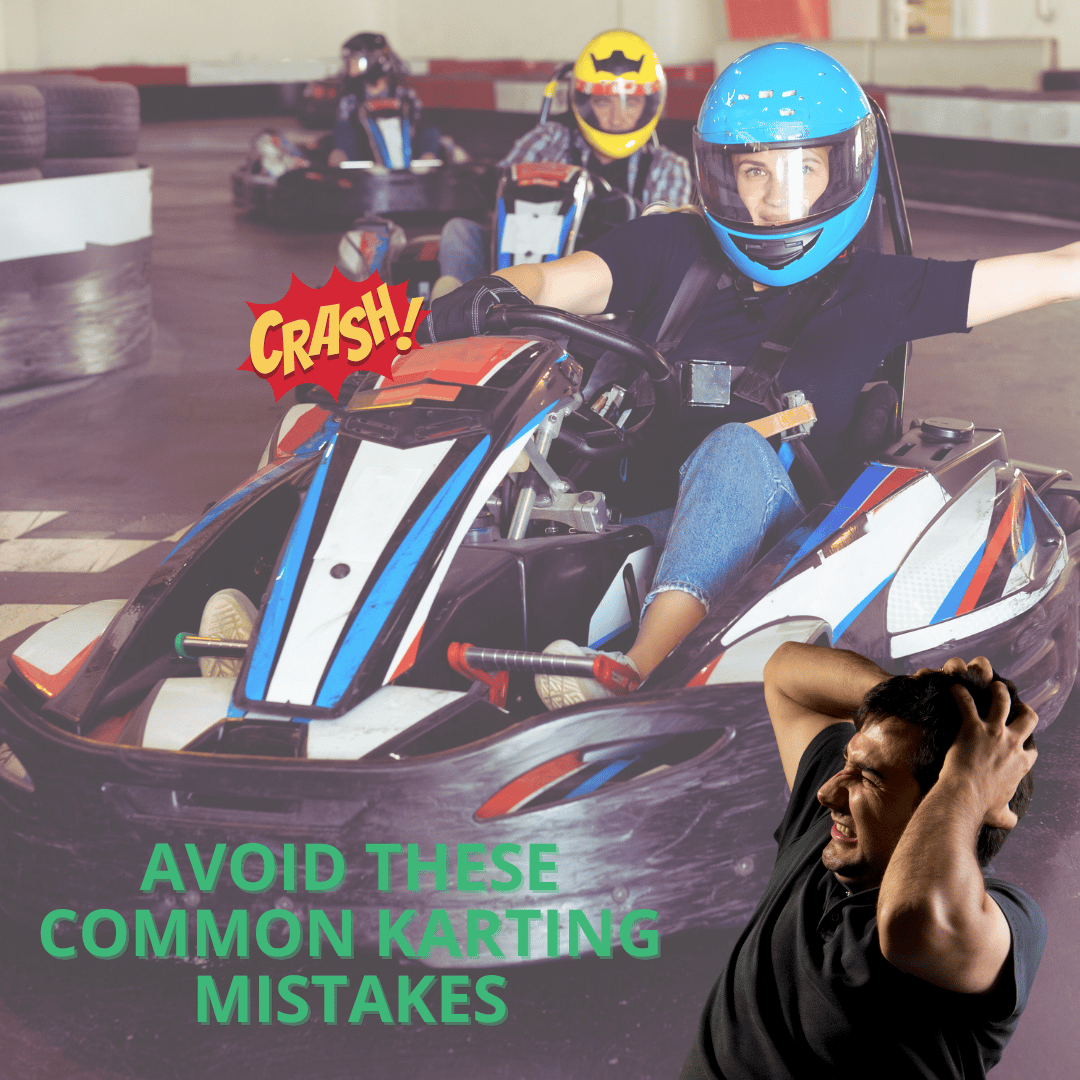
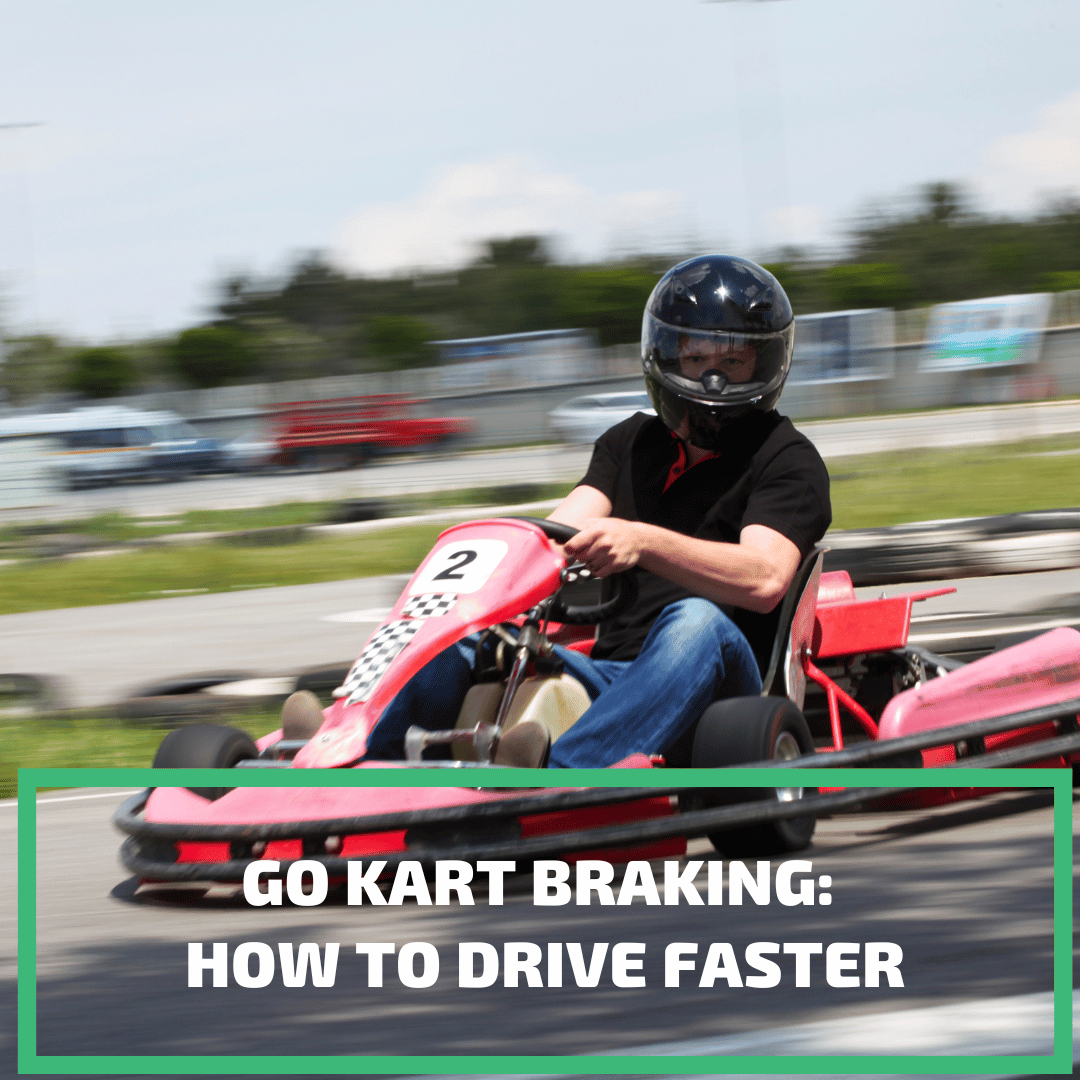
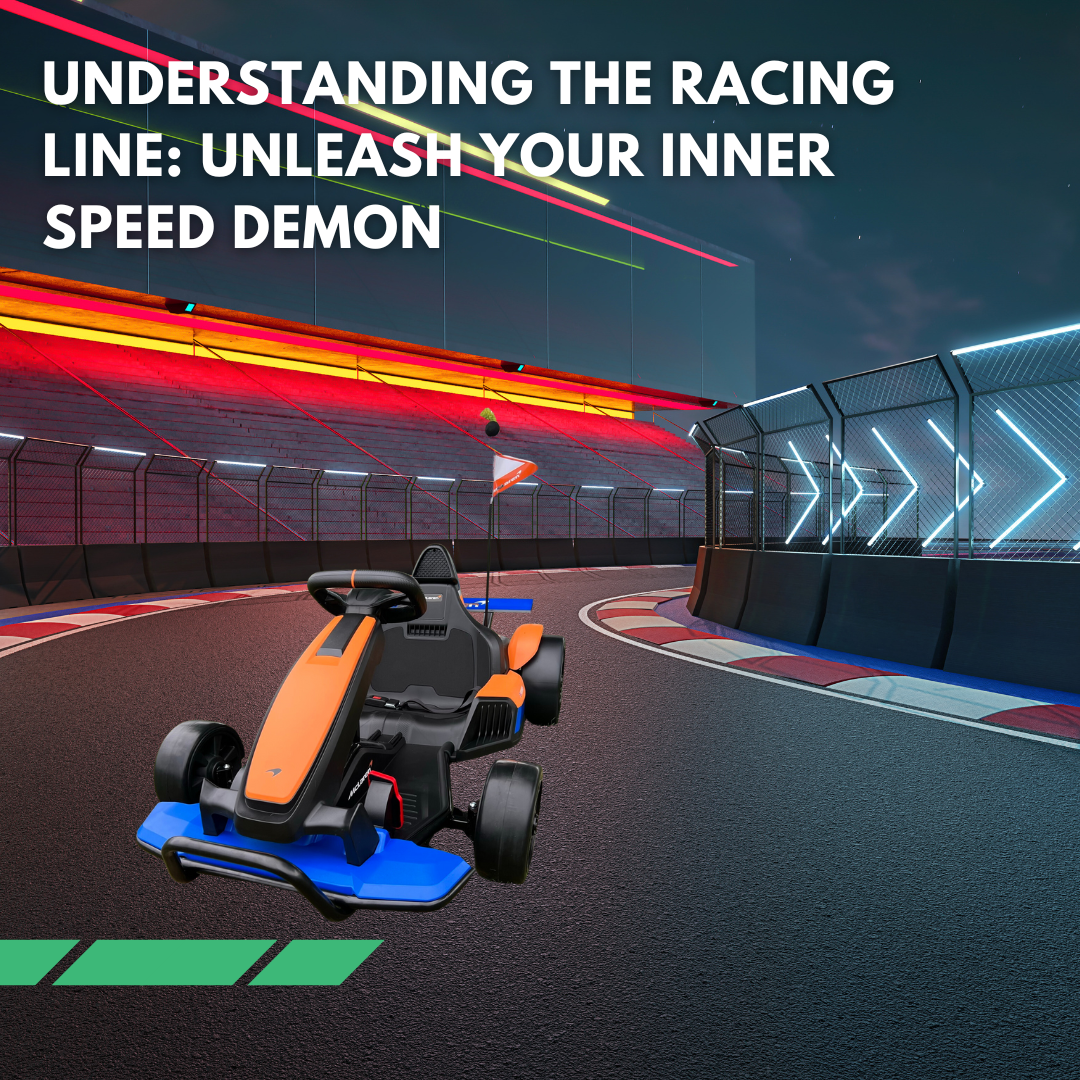






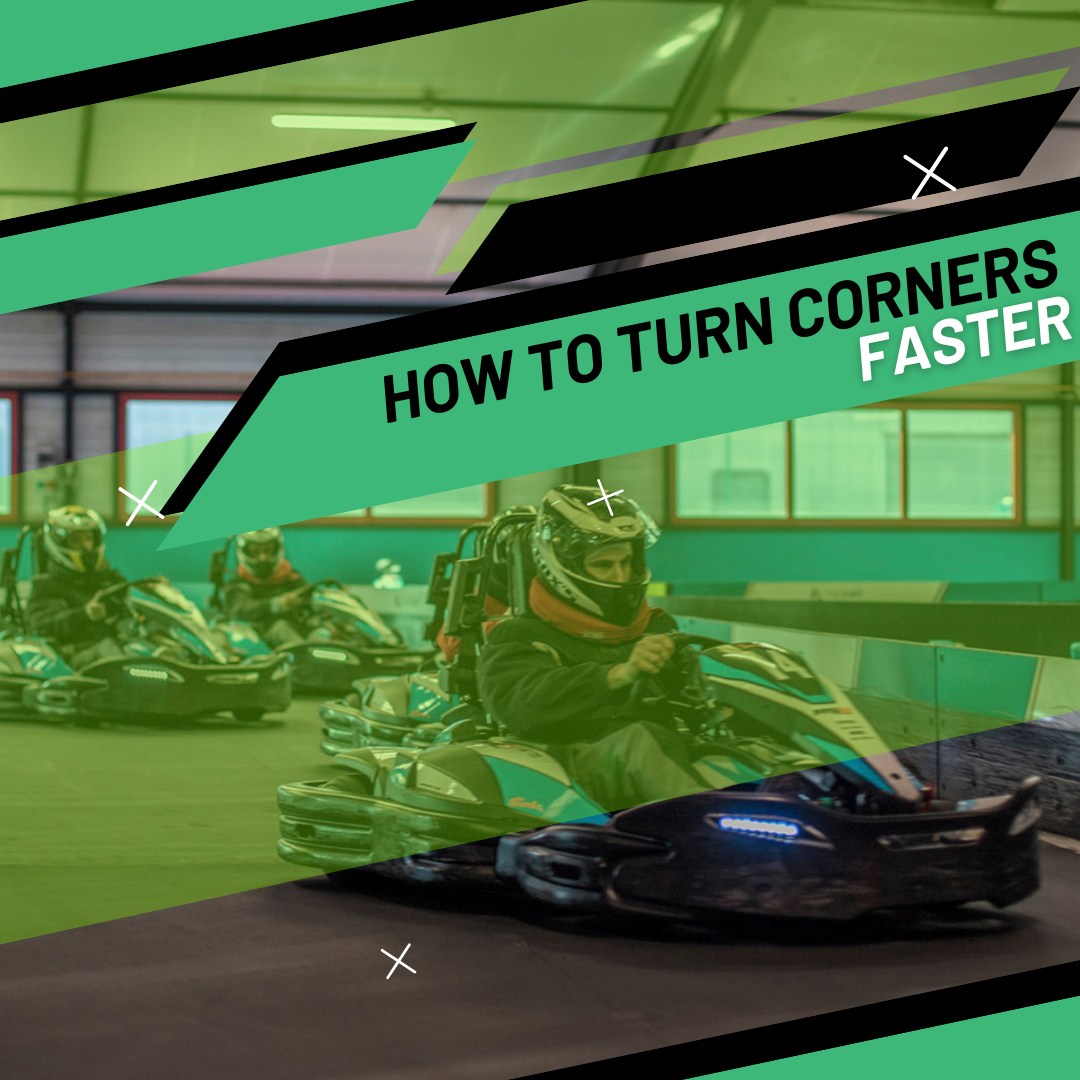
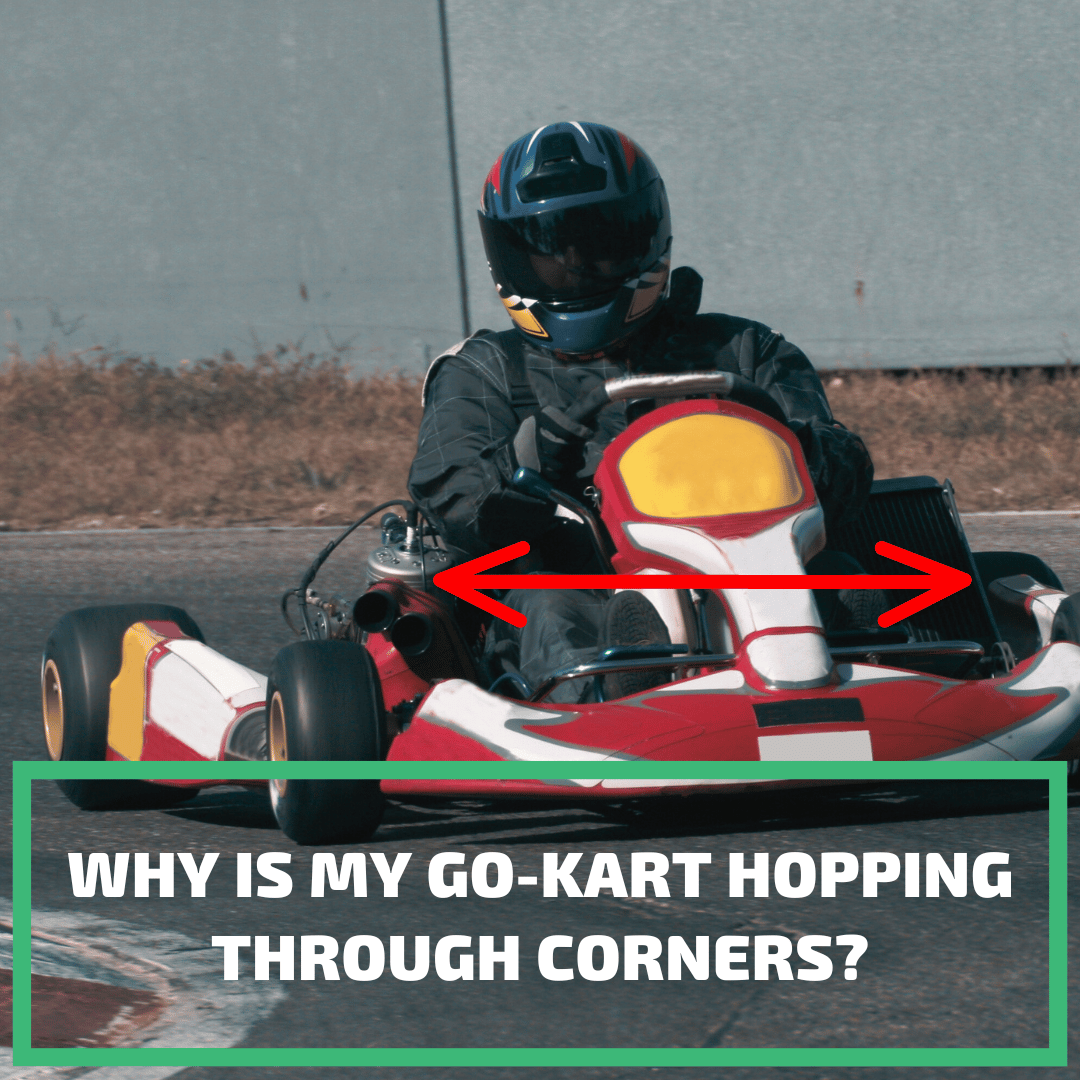




Share:
Clothes You Should Wear When Going Go Karting
Conquer Any Kart Track: Expert Tips and Tricks Revealed